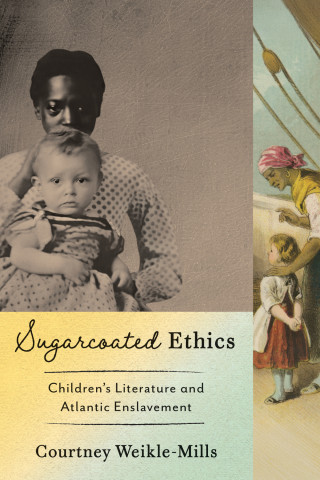On March 13, 1711, an article appeared in The Spectator about Thomas Inkle, a young and aspiring English trader cast ashore in the Americas, who is saved from violent death by Yarico, a beautiful Indian maiden. When he and Yarico become lovers, Inkle promises to clothe her in silks and transport her in carriages when he returns with her to England. Some months later, they are picked up after Yarico succeeds in signaling a passing English ship. But upon reaching Barbados, Inkle immediately sells Yarico into slavery—raising the price he demands when he learns that Yarico is pregnant with his...
On March 13, 1711, an article appeared in The Spectator about Thomas Inkle, a young and aspiring English trader cast ashore in the Americas, who is saved from violent death by Yarico, a beautiful Indian maiden. When he and Yarico become lovers, Inkle promises to clothe her in silks and transport her in carriages when he returns with her to England. Some months later, they are picked up after Yarico succeeds in signaling a passing English ship. But upon reaching Barbados, Inkle immediately sells Yarico into slavery—raising the price he demands when he learns that Yarico is pregnant with his child.
Based on a real life account in Richard Ligon's History of Barbados published half a century earlier, the Spectator story caused a sensation as debate intensified over slavery in the British colonies—and it would be told and retold for decades as perhaps the most compelling "folk epic" of its age. In English Trader, Indian Maid, Frank Felsenstein has assembled the main English versions of this once-famous story, including a newly rediscovered poetical epistle by Charles James Fox, one of the leading parliamentary promoters of the cause of abolition. As well as George Colman the Younger's still vibrant comic opera—considered by some the earliest English social problem play—the book contains tantalizing retellings from the Caribbean and from America, where the story has close affinities with the tale of Pocahontas.
Also present are notable works by English women writers, such as Frances Seymour and Anna Maria Porter, and freshly attributed English renditions by Stephen Duck, the Wiltshire "thresher poet," and by "Peter Pindar" (John Wolcot). Felsenstein also suggests an intriguing link with William Wordsworth, who may have had the story in mind while composing his Lyrical Ballads. This edition restores the story of Inkle and Yarico to its rightful place as a focal narrative in cultural and historical debate of issues of gender, race, and colonialism.
"In Inkle and Yarico we have that rare entity, a perfect example of an intertextual discourse that reflects so much of the diversity and contradictions of the age that fostered it... Its diverse handling of issues of gender and race makes it a lively and highly topical discussion piece in the classroom. Equally, given the regrettable (and actually surprising) shortfall of prominent eighteenth-century literary texts that treat of the subject of slavery, Inkle and Yarico fills a highly significant gap."—from the Introduction [p.43]





